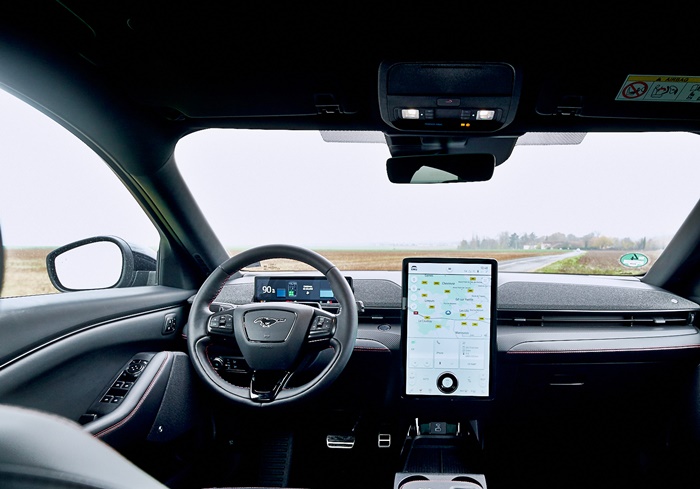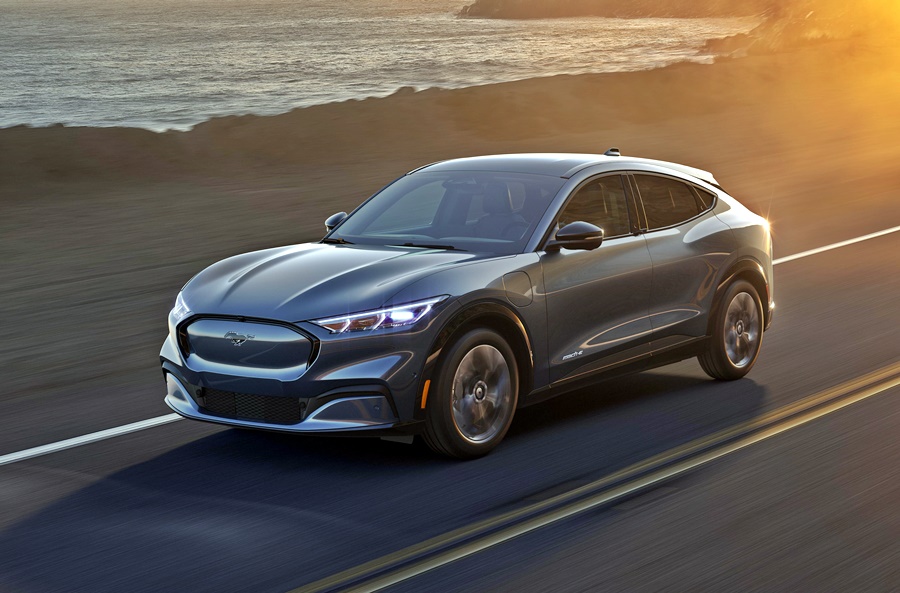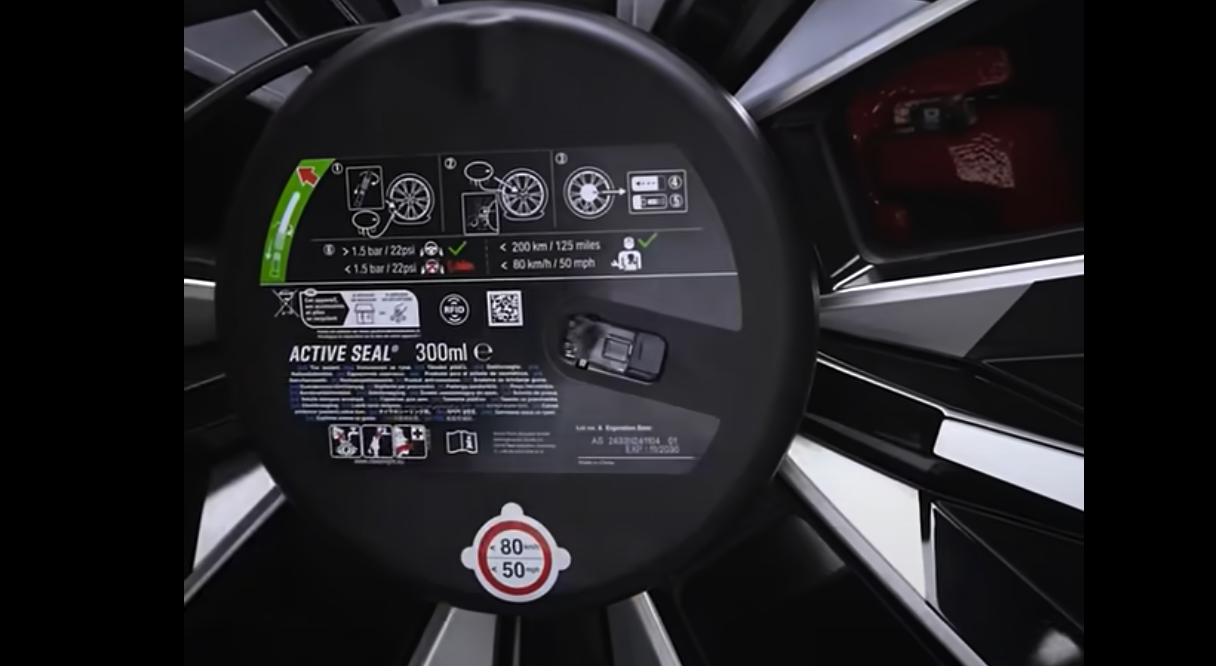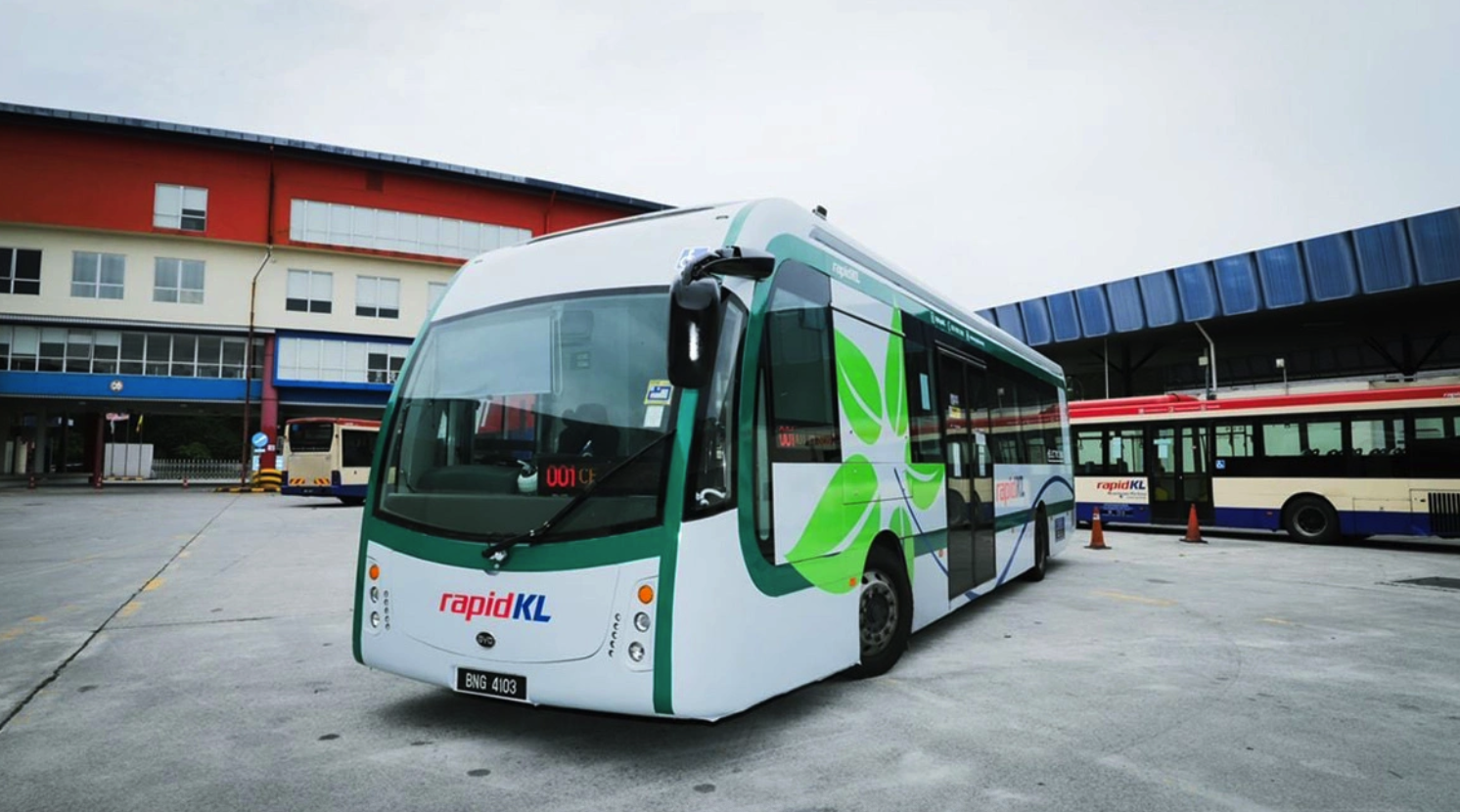The National Transportation Safety Board (NTSB) has launched an investigation into a tragic crash that occurred on February 24 in San Antonio, Texas, involving a Ford Mustang Mach-E equipped with the advanced hands-free driving assist technology, BlueCruise. The collision, which resulted in the fatality of Jeffrey Allen Johnson, the driver of a stationary Honda CR-V, has prompted scrutiny of the role of Ford’s BlueCruise system.
Ford’s BlueCruise is recognised as one of the most capable hands-free driving assist systems available in the U.S. market, allowing drivers to temporarily remove their hands from the steering wheel while driving on certain designated highways. However, drivers are required to maintain their attention on the road, with a driver monitoring system in place to track eye movements and disengage BlueCruise if prolonged diversion is detected.
Unlike previous investigations into collisions involving Tesla’s Autopilot, which focused on inadequate driver monitoring, this incident highlights the importance of robust driver monitoring systems in preventing accidents. While it remains uncertain whether BlueCruise was active during the crash, its potential involvement raises concerns about the efficacy of hands-free driving technologies and their impact on road safety.
If BlueCruise is found to have played a role in the crash, this incident could have far-reaching implications not only for Ford but also for the wider automotive industry. Nevertheless, the investigation aims to uncover the circumstances surrounding the collision and identify any necessary enhancements to hands-free driving systems to improve overall safety on the roads.






















